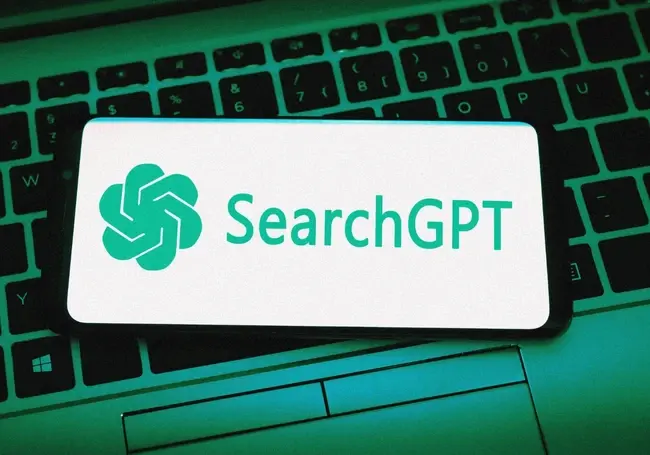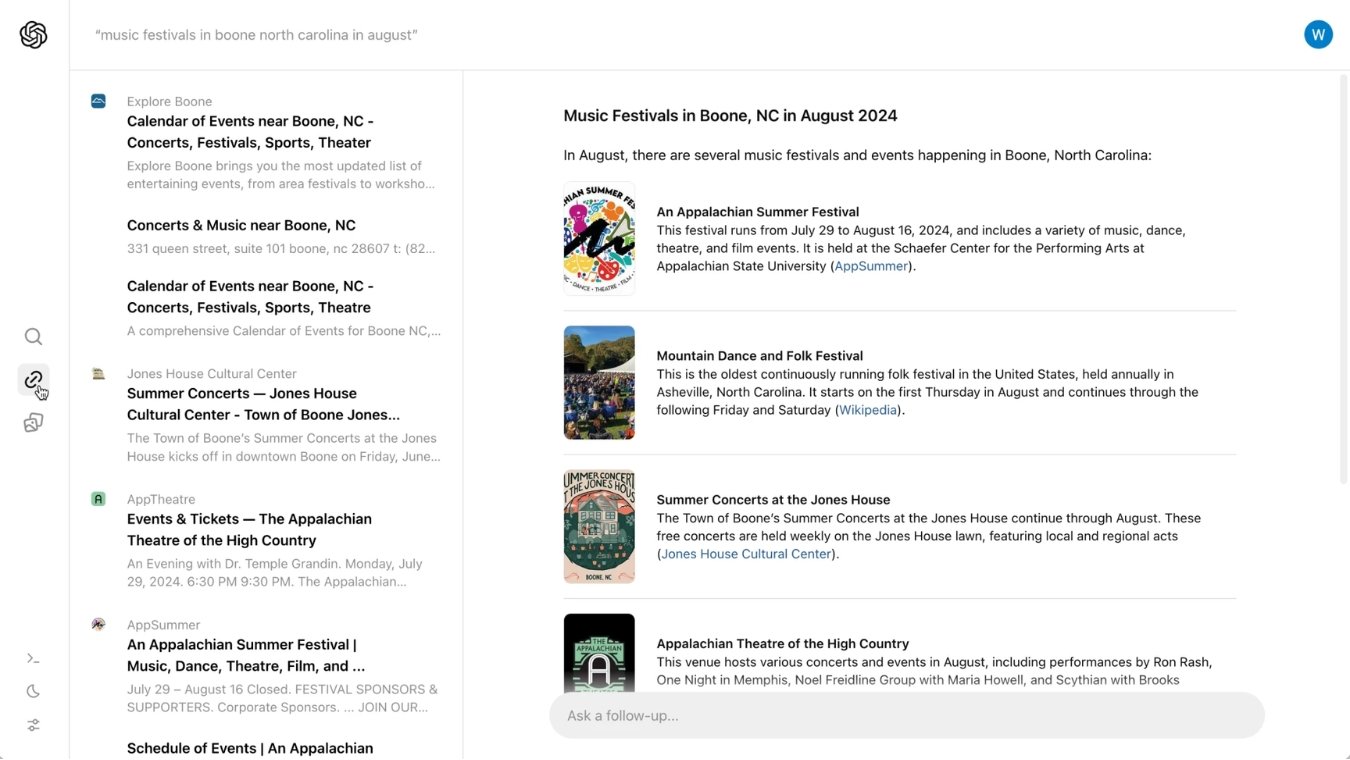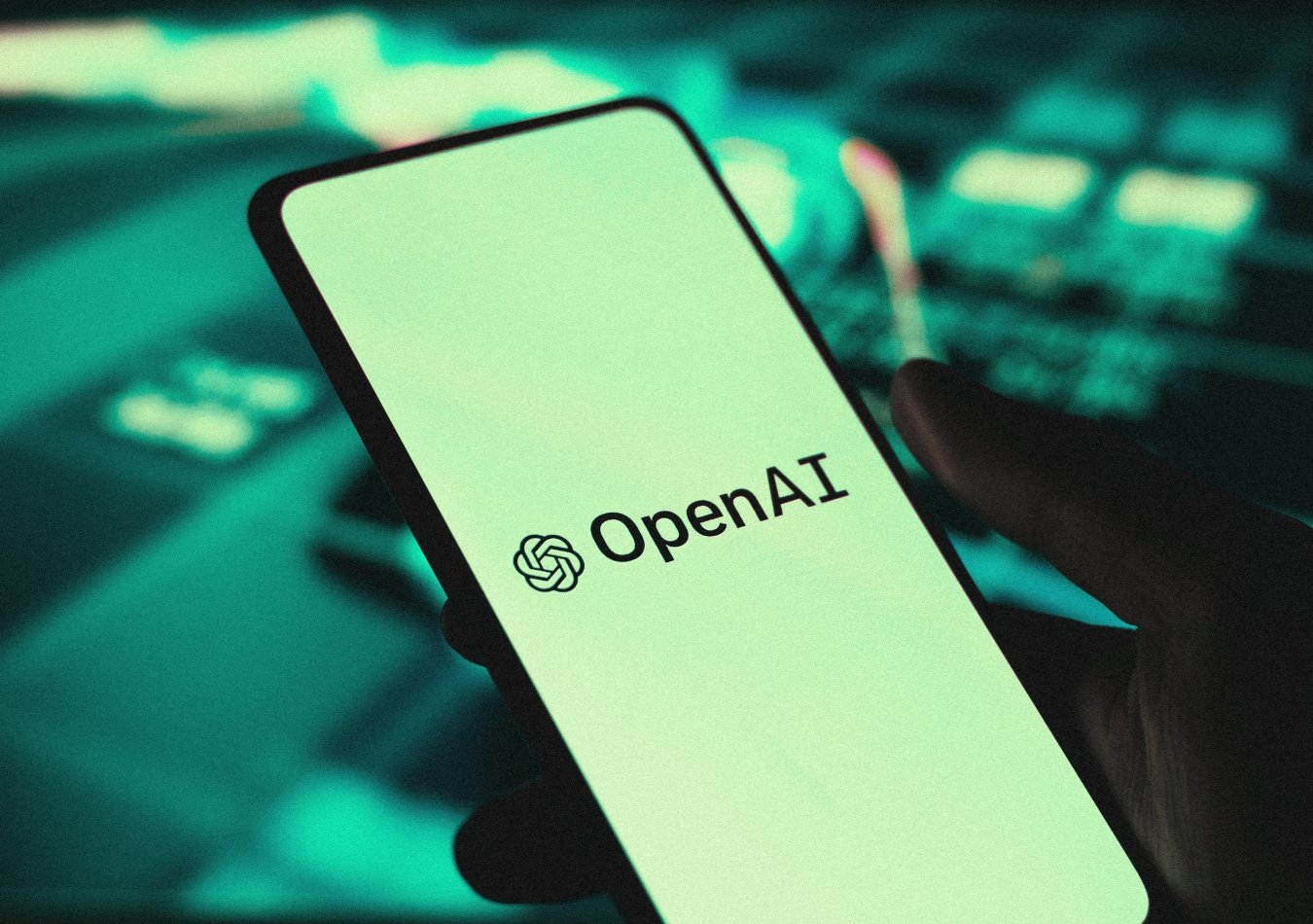
OpenAI has announced the launch of SearchGPT, an AI-powered search engine with real-time access to the internet that’s set to rival Google Search.
The long-anticipated search platform, announced in a blog post on Thursday after months of whispers from inside the research firm, will launch with a small group of users and publishers before a potential wider rollout.
OpenAI ultimately intends to incorporate the search features into ChatGPT, rather than offer a standalone product. The company said SearchGPT is a temporary prototype that will combine the company’s AI models, such as ChatGPT, with the ability to search the internet.
It will respond conversationally to searches while providing up-to-date information with “clear links to relevant sources”.
The search feature positions the company as a direct competitor to major search engines, most notably Google but also Bing, a product of OpenAI’s biggest investor, Microsoft.
Integrating generative AI into search engines has become an arms race among big tech companies, with AI-powered search engines like Perplexity AI and Bing AI dominating the market as Google plays chase with Gemini.
But now OpenAI wants a piece of the pie. In a blog post, it hailed SearchGPT as “a new way to search,” explaining that “getting answers on the web can take a lot of effort, often requiring multiple attempts to get relevant results.”
“We believe that by enhancing the conversational capabilities of our models with real-time information from the web, finding what you’re looking for can be faster and easier.”
“SearchGPT will quickly and directly respond to your questions with up-to-date information from the web while giving you clear links to relevant sources.”
What is SearchGPT?
SearchGPT is a new AI-powered search engine developed by OpenAI. It’s designed to be more conversational and informative than traditional search engines, tapping into information from the internet and translating it into an understandable response using OpenAI’s GPT-4 family of AI models.
SearchGPT is just a “prototype” for now and will only be accessible to 10,000 test users at launch. OpenAI has slowly been bringing ChatGPT more in touch with the real-time web. Last September, it released a way for the chatbot to browse the internet, called Browse with Bing.
But it appears a lot more rudimentary than SearchGPT, which will use a large language model to understand and respond to user queries more naturally, enabling users to ask follow-up questions and receive more relevant results.

Unlike traditional search engines that rely on keywords, the search tool focuses on understanding your intent. The search engine starts with a large textbox that asks the user “What are you looking for?”, and then analyzes your query, the context of your previous interactions, and your overall knowledge base to determine what you're truly seeking.
In one example from OpenAI, the search engine summarizes its findings on music festivals and then presents short descriptions of the events followed by an attribution link.
In another example, it explains when to plant tomatoes before breaking down different varieties of the plant.
After the results appear, you can ask follow-up questions or click the sidebar to open other relevant links. SearchGPT won’t be limited to text either.
While it may work best for text prompts, there’s also a feature called “visual answers” which will likely be able to generate and respond to various media formats such as images and videos.
How does SearchGPT work?
SearchGPT goes beyond keyword matching by understanding the context and intent behind a search query. Powered by OpenAI’s family of GPT-4 large language models (LLMs), it analyzes the language used, the relationship between words, and even the user's search history to provide more relevant results.
SearchGPT also crawls and indexes information from the web, similar to traditional search engines while using AI to process and understand this information at a deeper level. Instead of simply listing links, it provides concise summaries of the most relevant information. These summaries are generated by the AI model, highlighting key points and making it easier for users to find what they need.
SearchGPT is designed to learn and improve over time too. As users interact with the search engine, OpenAI says it will learn from previous queries and adjusts its algorithms to provide even better results, similar to ChatGPT.
What does SearchGPT mean for Google?
SearchGPT could be a major threat to Google's long-standing dominance in the search engine market. Its focus on understanding user intent and providing concise summaries represents a departure from traditional search methods that, if successful, could capture a crucial market share by offering a superior user experience to Google Search.
However, it's essential to note that Google is not standing still. They have been investing heavily in AI and have already integrated AI-powered features into their search engine. Ultimately, the success of SearchGPT and its impact on Google will depend on factors such as user adoption, the effectiveness of the technology, and Google's ability to adapt and compete.

SearchGPT's entry into the market is also likely to intensify competition in the search engine industry, forcing other players to innovate and improve their offerings. As ChatGPT brought on Gemini, SearchGPT may push Google to launch a whole new AI search platform of its own or integrate Gemini even deeper into Google Search.
Other AI-powered search platforms, such as Perplexity AI, will also need to keep up with SearchGPTs powerful features, which could likely push users away from the search platform.














Comments ( 0 )